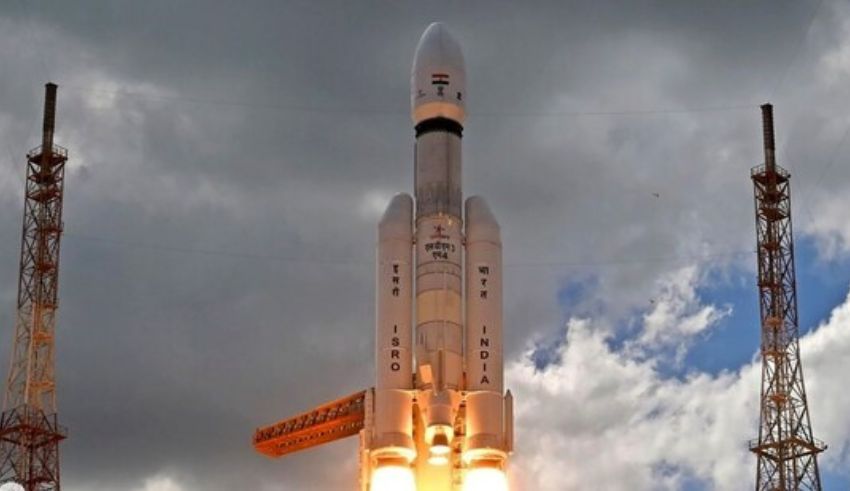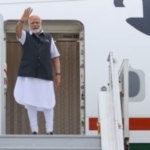
The successful launch of the Chandrayaan-3 mission on Friday marked a huge accomplishment for India’s space agency, the Indian Space Research Organisation (ISRO). The LVM3 rocket sent the spacecraft into orbit and put it on a course for a planned landing on the lunar south pole from India’s primary spaceport in Andhra Pradesh. This feat will propel India into the top tier of nations with completed controlled lunar landings, making it a significant space power.
Delivery of a lander with a rover to the lunar south pole is the primary goal of the Chandrayaan-3 mission. Due to the existence of water ice, which may be used to support upcoming space exploration activities, such as constructing a space station, this region is of considerable interest to government space organisations and private businesses. The rover, which will conduct experiments and gather essential data during its anticipated two-week working duration on the lunar surface, will be deployed by the lander.
The Chandrayaan-2 mission, launched in 2019 and successfully placed an orbiter around the moon, is followed by Chandrayaan-3. The mission was unfortunately derailed when the lander and rover crashed during the attempted landing. ISRO has made enhancements and advancements based on the knowledge gained from Chandrayaan-2 to guarantee a successful touchdown on this mission.
Since the Indian government enacted laws encouraging investment in space launches and satellite-based industries, the Chandrayaan-3 mission represents India’s first significant space endeavour. The mission has the support of Prime Minister Narendra Modi, who said it embodies the hopes and aspirations of the country. The accomplishment of this mission will help India achieve its aim of being a significant player in the international space community.
Keep Reading
There have been many more space companies after India decided to allow private launches in the country’s space sector starting in 2020. The success of Chandrayaan-3 is a testament to how well the public and private sectors work together. One such private space firm, Skyroot Aerospace, successfully launched India’s first privately manufactured rocket last year, demonstrating the industry’s expanding potential and capabilities.
India’s Chandrayaan-3 mission marks a crucial turning point in its ambitions to explore space. India hopes to join the select group of countries that have accomplished controlled lunar landings with the successful launch and the anticipated lunar south pole landing. The mission’s goals open the door for India’s increased involvement in international space initiatives and show considerable promise for future space exploration.

























